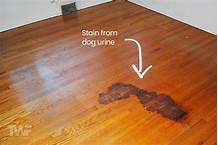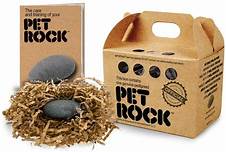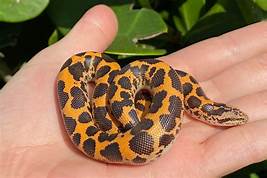How to Keep a Pet Crayfish
Crayfish are fascinating creatures that can make interesting and interactive pets. Here's a guide to help you provide a suitable home for your new pet crayfish:

Tank Setup
1. Choose the Right Tank Size: Select a tank that is at least 10 gallons in size. Crayfish are active and need space to roam and explore.
2. Substrate: Provide a substrate of sand or gravel that is fine enough to avoid trapping the crayfish's claws. Avoid sharp or rough substrates that could injure the crayfish.
3. Decorations: Add rocks, driftwood, and plants to the tank to provide hiding spots and perches for your crayfish. Natural decorations are preferable as they are safe for the crayfish and can help create a natural habitat.
Water Parameters
1. Temperature: Crayfish can tolerate a temperature range of 65 to 85 degrees Fahrenheit, with an ideal range of 72 to 78 degrees Fahrenheit.
2. pH: Crayfish prefer a slightly alkaline pH level, ranging from 7.0 to 8.0.
3. Hardness: Crayfish require hard water with a calcium carbonate concentration of at least 100 ppm. You can use a water softener or add crushed coral to the tank to increase the hardness.
Feeding
1. Diet: Crayfish are omnivorous and will eat various foods, including sinking pellets, algae wafers, live or frozen brine shrimp, bloodworms, and pieces of fresh vegetables such as zucchini, carrots, and spinach.
2. Feeding Schedule: Feed your crayfish daily or every other day. Offer only as much food as they can consume within a few minutes to prevent overfeeding and water contamination.
Molting
1. Importance of Molting: Crayfish periodically shed their exoskeleton, a process called molting. This is essential for their growth and development.
2. Symptoms of Molting: During molting, crayfish become inactive, hide in their burrows, and may lose their appetite. Their old exoskeleton will eventually split open, and they will emerge with a new, larger exoskeleton.
3. Care During Molting: Leave your crayfish undisturbed during molting. Provide hiding spots and extra calcium to support the molting process.
General Care
1. Tank Maintenance: Regularly clean the tank by removing waste, uneaten food, and dead plant matter. Change approximately 25% of the water every two weeks to maintain water quality.
2. Filtration: Use a filter suitable for the size of your tank to keep the water clean and remove impurities.
3. Lighting: Provide moderate lighting for about 10 to 12 hours a day. Crayfish are nocturnal, so they may prefer dimmer lighting during the day.
Declaration: All article resources on this website, unless otherwise specified or labeled, are collected from online resources. If the content on this website infringes on the legitimate rights and interests of the original author, you can contact this website to delete it.






